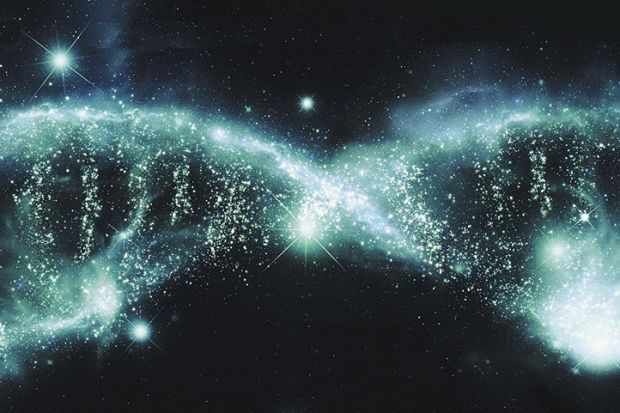Where do we come from? How did we get here? What is life anyway? What is consciousness and where does it come from? Is there a God? More importantly, how would Star Trek’s transporters actually work? These are just some of the subjects that Sean Carroll addresses in The Big Picture: On the Origins of Life, Meaning and the Universe Itself. Just the little questions then.
This is not a light read: 400-odd pages covering quantum mechanics and wave functions, entropy and the arrow of time, ideas about the origins of life and the emergence of consciousness, philosophical thought experiments that tie you in 40 different kinds of knots, culminating in a discussion of how we decide morals and ethics and determine meaning and purpose. It is a weighty but unpretentious book that requires and rewards careful reading.
In it, Carroll sets out the case for “poetic naturalism”: that the universe is governed by a set of physical principles that are really very simple, but from this simplicity emerges enormous complexity that we can describe to our own satisfaction only in poetic terms. The stories that we tell about objects don’t describe them down to the motions of individual subatomic particles, but they are the most useful ways that we have to talk about people, places and things. We just have to avoid poetic licence and be clear about where the boundaries between our stories and reality lie. In making his case, Carroll doesn’t declare that there is no God; just that the case for a “creator” is very, very unlikely, the case for a “soul” also objectively improbable, and thus when we die, that’s it.
The Big Picture is a beautifully written book, and if you find yourself getting bogged down in discussions of quantum fields, I urge you to persevere. Carroll argues that the laws of physics that govern everyday life are completely known. This is not a bold, Michelsonian claim that the “important fundamental laws and facts of physical science have all been discovered”, rather that the laws of physics that apply to us are known with great precision, even if we don’t yet fully understand everything on a cosmological scale.
These fundamental physical laws that describe the behaviour of particles don’t entirely help us to understand biology or the brain, but we do know that any descriptions that we come up with – the stories that we tell about complex systems – have to be compatible with modern physics if they are to be useful. That being the case, there is no room for a soul unless we invoke new physics, and for this we have no evidence.
If you are worried about being described as nothing more than “a complex series of interlocking chemical reactions, driven by feedback and free energy”, then fear not: that’s where the stories come in. That bag of particles and chemistry over there is still your wife, son, husband or daughter, with free will and desires.
What Carroll argues is that this deeper understanding doesn’t detract from how amazing it all is and how very lucky we are. Armed with this knowledge, where do we go from here? How will you live your life?
Cait MacPhee is professor of biological physics, University of Edinburgh.
The Big Picture: On the Origins of Life, Meaning and the Universe Itself
By Sean Carroll
Oneworld, 480pp, £20.00
ISBN 9781780746067
Published 8 September 2016
POSTSCRIPT:
Print headline: If 42 wasn’t enough for you...
Register to continue
Why register?
- Registration is free and only takes a moment
- Once registered, you can read 3 articles a month
- Sign up for our newsletter
Subscribe
Or subscribe for unlimited access to:
- Unlimited access to news, views, insights & reviews
- Digital editions
- Digital access to THE’s university and college rankings analysis
Already registered or a current subscriber? Login




